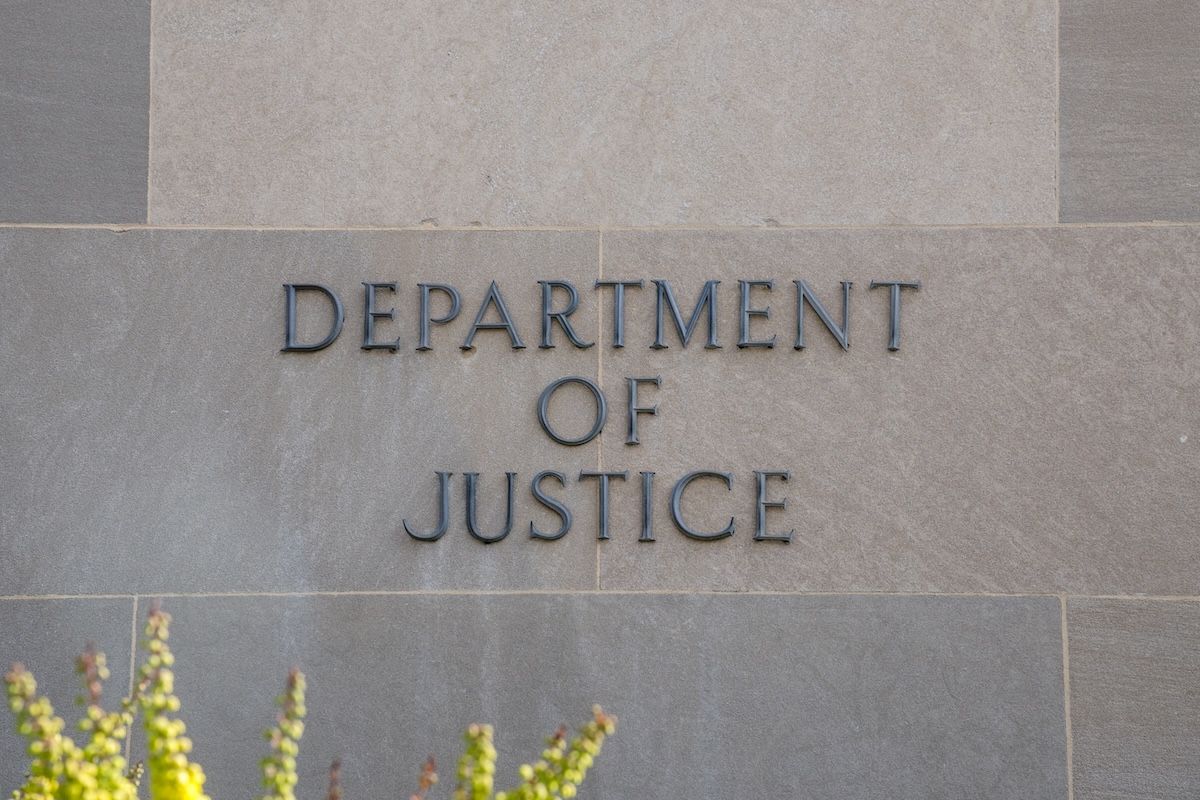Article
Medicare Part B drug pay proposal could undergo revision
Following a flood of criticism from the pharmaceutical lobby, medical societies, patient groups and members of Congress, the Centers for Medicare & Medicaid Services (CMS) has announced it may make some adjustments to its Medicare Part B drug pay proposal.
Following a flood of criticism from the pharmaceutical lobby, medical societies, patient groups and members of Congress, the Centers for Medicare & Medicaid Services (CMS) has announced it may make some adjustments to its Medicare Part B drug pay proposal.
âThereâs been a lot of criticism of this proposal and the medical community has mobilized,â says Gerald Kominski, PhD, professor of health policy and management and director of the UCLA Center for Health Policy Research. âI think thatâs to be expected. Itâs not surprising when you talk about reductions in payments to providers.â
More finance news: It's irresponsible to say physicians can be bought to put patient care second
Under the existing model, Medicare generally reimburses 6% on top of the average sales price (ASP) of a medication, which means physicians are paid more when they select more expensive drugs.
Proposed Pilot Explained
The first phase of the pilot program calls for lowering the percentage of a drugâs ASP paid to providers from 6% to 2.5%, while adding a flat payment of $16.80 per drug per day. The goal is to test how prescribing patterns and behaviors would be affected.
ICYMI: Top 13 highest-paying states for physicians
âThe underlying motivation behind the change is to say we need to reduce that incentive, all things being equal, to choose the more expensive drug just because itâs more expensive,â Kominski explains.
Next: Private practice implications
An example provided in a CMS statement highlights the impact of the changes when two medications are prescribed for a similar condition, with similar patient outcomes, but carry a significantly different price tag.
If the ASP for Drug A is $5 and Drug B is $100, Drug A is currently paid at $0.30 above the price of the drug and Drug B at $6. Under the newly proposed guidelines, however, Medicare would pay Drug A at $16.93 above the ASP and Drug B at $19.30.
Blog: 10 tips to reduce poor quality healthcare, unjustified care costs
CMS projects that those who already make recommendations for low-cost and generic medications, such as family practitioners, will benefit from the changes, Kominski explains, whereas those who tend to prescribe high-priced medications, such as oncologists, could have cause for concern.
Private Practice Implications
Small, independent physician practices and those who practice in rural or underserved areas â as well as the patients they serve â could face challenges stemming from the proposed changes, says Robert McLean, MD, FACP, a private practice internist and rheumatologist and chair of the American College of Physicians medical practice and quality committee.
More finance news: 7 things physicians need to know about MACRA proposed rule
Because individual practices negotiate the prices they pay for certain drugs, and small practices might not have the same bargaining power as larger practices or hospitals, some may wind up paying a higher price for obtaining a drug than the ASP and could therefore lose money due to the change.
âI think the practices are hurt on the basis of financial risk,â McLean says. âWhen there is a greater risk that theyâre not going to be able to get their costs covered I think thereâs a greater tendency to say, âIâm just not going to do this anymore because Iâm afraid of the financial hit I might take.ââ
Next: Underlying goal is worthwhile
Many patients receive these medications in a physician office setting due to geographic necessity â sometimes there is not a hospital or outpatient facility nearby â or because it is significantly less expensive than other settings. The proposed pilot, McLean says, could leave patients in certain parts of the country unable to receive the treatments affordably.
Katherine Hempstead, PhD, senior advisor with the Robert Wood Johnson Foundation also acknowledges that there could be some painful readjustments for providers who have counted on these reimbursements as a crucial source of revenue.
Those that work with lower margins, such as rural and specialty physicians, tend to âhave less wiggle room and less room to lose revenue,â she says, âand Medicare can be a really, really important payer source for them.â
Even so, she believes the underlying goal of the Part B pilot is worthwhile and has the potential to reduce healthcare costs. âWhen you think about it logically you can see that thereâs some bad incentive baked into a system where what you get paid is a function of the price of the drug,â she says. âIâm not saying there arenât some ways to improve this and to mitigate some of the effects on providers, but I think that the basic logic of this kind of pilot makes sense.â





